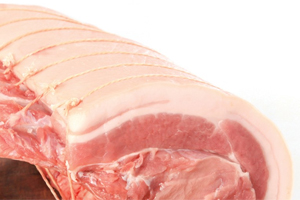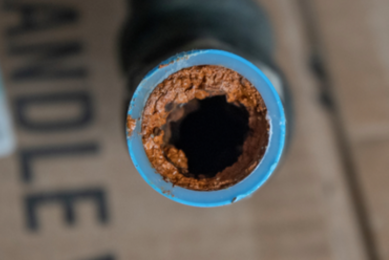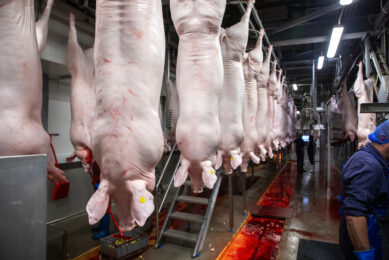New device in food-pathogen detection battle

Researchers have developed a system that concentrates foodborne salmonella and other pathogens faster than conventional methods by using hollow thread-like fibers that filter out the cells, representing a potential new tool for speedier detection.
The machine, called a continuous cell concentration device, could make it possible to routinely analyse food or water samples to screen for pathogens within a single work shift at food processing plants.
“This approach begins to address the critical need for the food industry for detecting food pathogens within six hours or less,” said Michael Ladisch, a distinguished professor of agricultural and biological engineering at Purdue University. “Ideally, you want to detect foodborne pathogens in one work shift, from start to finish, which means extracting the sample, concentrating the cells and detection.”
A report from the Centers for Disease Control and Prevention (CDC) indicates a lack of recent progress in reducing foodborne infections and highlights the need for improved prevention. Although many foodborne illnesses have declined in the past 15 years, the number of laboratory-confirmed salmonella cases did not change significantly in 2012 compared with 2006 to 2008.
The first step in detecting foodborne pathogens is concentrating the number of cells in test samples. The new system enables researchers to carry out the concentration step within one hour, compared to a day for the standard method now in commercial use, said Ladisch, also a professor of biomedical engineering and director of Purdue’s Laboratory of Renewable Resources Engineering (LORRE).
Findings showed the system was able to concentrate inoculated salmonella by 500 to 1,000 times the original concentration in test samples. This level of concentration is required for accurate detection. Another finding showed the system recovered 70% of the living pathogen cells in samples, Ladisch said.
“This is important because if you filter microorganisms and kill them in the process that’s self-defeating,” he said. “The goal is to find out how many living microorganisms are present.”
The machine was used to concentrate cells in a sample of chicken meat. The sample is first broken down into the consistency of a milkshake and chemically pretreated to prevent the filtering membranes from clogging. The fluid is then passed through 12 hollow-fiber filters about 300 microns in diameter that are contained in a tube about the size of a cocktail straw. The filtering process continues until pathogens if present are concentrated enough to be detected.
The technique, developed by researchers from Purdue’s colleges of Engineering and Agriculture, could be performed during food processing or vegetable washing before the products are shipped.
The US Department of Agriculture will test the system, which was developed by researchers from Purdue’s colleges of Engineering and Agriculture, but it is not yet ready for commercialisation.











